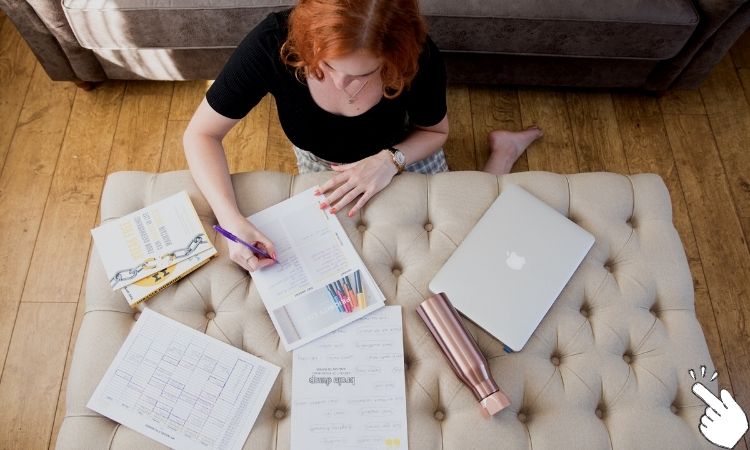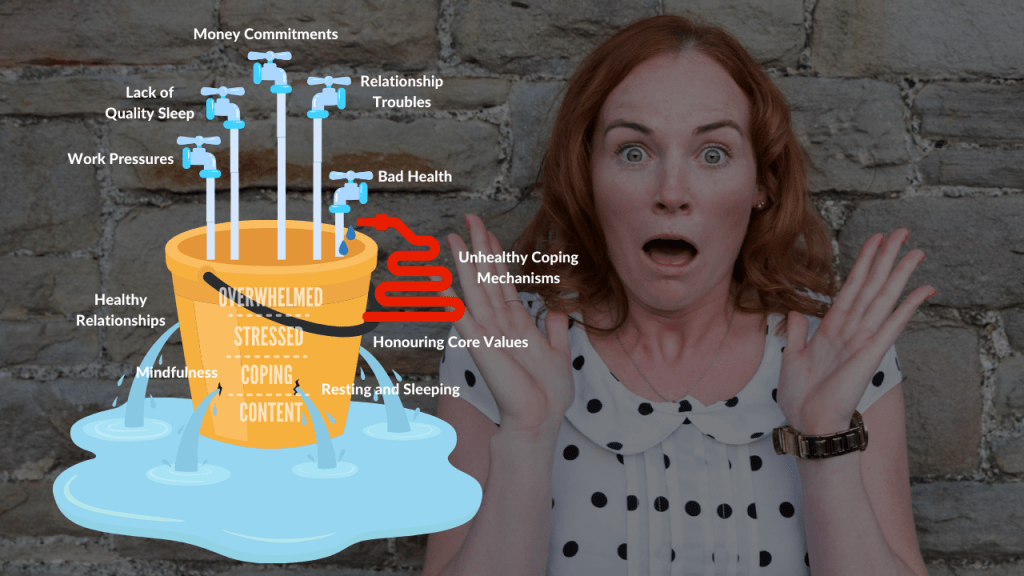
Redefining Success | Resorting Life Balance
Navigating Emotional Attachment to Home while Longing for Freedom
Are you caught in a web of emotions, torn between the deep attachment to your home and the yearning for freedom to explore new horizons?
Many experience conflicting emotions—feeling deeply attached to their current home yet longing for the freedom to venture into new experiences and places. This tug-of-war between attachment and exploration can make one uncertain and hesitant about the next steps. It’s normal to feel this way.
For many, a home transcends its physical structure; it becomes a repository of cherished memories, a sanctuary of comfort, and a testament to personal identity. The emotional attachment woven into the walls and spaces of a home can evoke a myriad of sentiments and thoughts deeply intertwined with one’s life experiences.
Thoughts of attachment often revolve around the feeling of safety, warmth, and familiarity within the walls of one’s home. The mere idea of leaving can trigger a sense of anxiety or fear, rooted in the prospect of losing this cocoon of security.
The corridors echo with memories of laughter, milestones, and personal victories. Individuals may find themselves deeply immersed in nostalgic reveries, cherishing the home’s sentimental value in their life story. For many, it represents a significant milestone—perhaps a first house purchase or a space carefully crafted to echo their lifestyle and preferences.
The home represents an emotional investment. Countless hours, heartfelt efforts, and personal touches shape it into a haven that mirrors their identity and values. Equally, the home might embody a sense of belonging to a community or neighbourhood. The thought of leaving might mean bidding farewell to close-knit ties and cherished relationships.
Amidst the thoughts lies a palpable fear of stepping into the unfamiliar. The prospect of change can evoke uncertainty and resistance, fostering a hesitancy to depart from the known comforts. The emotional struggle between practical considerations and the heart’s reluctance is real.
There’s a poignant dilemma—weighing the desire or necessity for change against the emotional difficulty of bidding adieu to a place steeped in personal history.
The Pull Towards Desire
While there is the heavyweight, there is equally a pull towards desire. There’s a whisper of curiosity, an irresistible tug towards uncharted territories, and the allure of new experiences. The desire to explore different landscapes, embrace fresh opportunities, and broaden one’s horizons becomes a persistent call.
There’s a recognition that personal growth often thrives in the space beyond comfort zones, igniting a fervent desire to evolve, learn, and embrace what lies ahead.
For many, these are identifiable in themselves, yet taking action can be crippled by the emotions. It is an occurrence Go To Yellow has seen with many battling this dilemma. The key lies in your vision for your future self that pulls you towards taking action and not dragging your feet in worry.
Self-Awareness Comes First
Uncovering the vision relies heavily on self-awareness and reflection. Identify your values, strengths, passions, and aspirations. By understanding yourself profoundly, you will understand what matters most to you. Once you understand yourself well, you can use this as a foundation to create a detailed life plan and vision for your future.
Know The Vision – Your Life Plan
Create a vivid, detailed future vision that aligns with your desires, aspirations, and goals. Visualise the life you want to lead, focusing on the excitement, fulfilment, and growth it promises. By immersing yourself in this envisioned future, the allure of this compelling vision can gradually outweigh the emotional attachment to the present.
The Future Holds Opportunities
And finally, embrace the belief that change and growth create opportunities for transformation and fulfilment. Trust in the inherent potential and greatness of the future, acknowledging that by letting go of specific attachments, you create space for new experiences, learning, and personal development. This trust in the promise of growth can empower you to navigate the emotional weight of attachment.
How to Start Without Excitement?
This transformative journey can be challenging, which is why our Go To Yellow coaching programs are here to provide guidance and support every step of the way. We’ve encountered situations where clients have discovered that, while their vision holds deep meaning, they struggle to ignite genuine excitement. In such instances, taking action becomes paramount. One particularly successful avenue we’ve explored involves fostering connections within a community to cultivate personal flourishing.
Being part of a community, tapping into shared desires, and embracing interests, even if seemingly unrelated to the main goals, can be remarkably powerful. Connecting with like-minded individuals creates a space for newfound energy and enthusiasm to permeate your life. This energy becomes the catalyst propelling you towards taking the necessary actions to realise your aspirations.
At times, the key to reigniting that spark lies in the unexpected—the conversations, shared experiences, and encouragement found within a supportive community. Exploring passions, hobbies, or pursuits outside the primary goals allows you to tap into your innate joy and zest for life. This renewed sense of enthusiasm often infuses vigour into your pursuits, making the journey towards your aspirations not just purposeful but also deeply fulfilling.
Our coaching programs are designed to help you craft a compelling vision and assist you in navigating the pathways towards that vision, including the profound impact of community and personal joy in fostering lasting motivation and momentum towards your goals.
Schedule a Call
Share your aspirations with us today during a no-obligation 30-minute video call. We’ll help you chart a path to freedom, and you can decide whether investing in your personal growth is right for you.
Hi, I’m Tammy, and I’ve been through a similar experience twice, with different outcomes. There was a time when my mortgage increased, and I couldn’t afford to keep up with the costs. I had to make a tough choice to rent my home to keep paying the bills. I felt torn between my attachment to my home and being able to keep it in my life until times got better. Fortunately, they did.
I faced a similar situation again, but this time, it was about renting my home to travel the world. I love my home as I put my whole self into it, so trusting someone else to take care of it was crippling. But my desire to travel the world was stronger. I focused on visualising my experiences daily to reduce the emotional impact, and it worked. As soon as I packed up and the tenants moved in, the feelings subsided quickly. Then I boarded the plane, and all my worries were forgotten.
Do I regret my decisions? Absolutely not. Am I glad this happened? Yes, I am. Trusting the universe had my back was important, and I can see how it has interesting lessons for personal growth.
As your coach, I resonate with what you are experiencing. Coupled with my coaching skills, you’ll be in the right hands to realise your visions while navigating your emotions.
I look forward to meeting you.
Tammy

Tammy Whalen Blake
Founder of go to yellow
Personal Development Coach
Hear what others have to say...
client success stories











